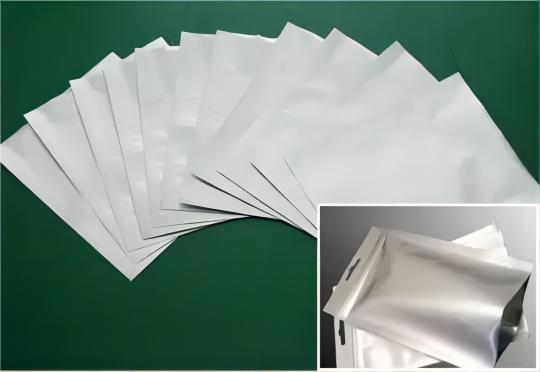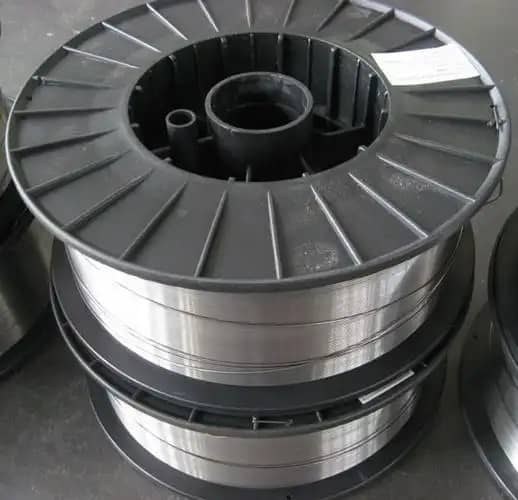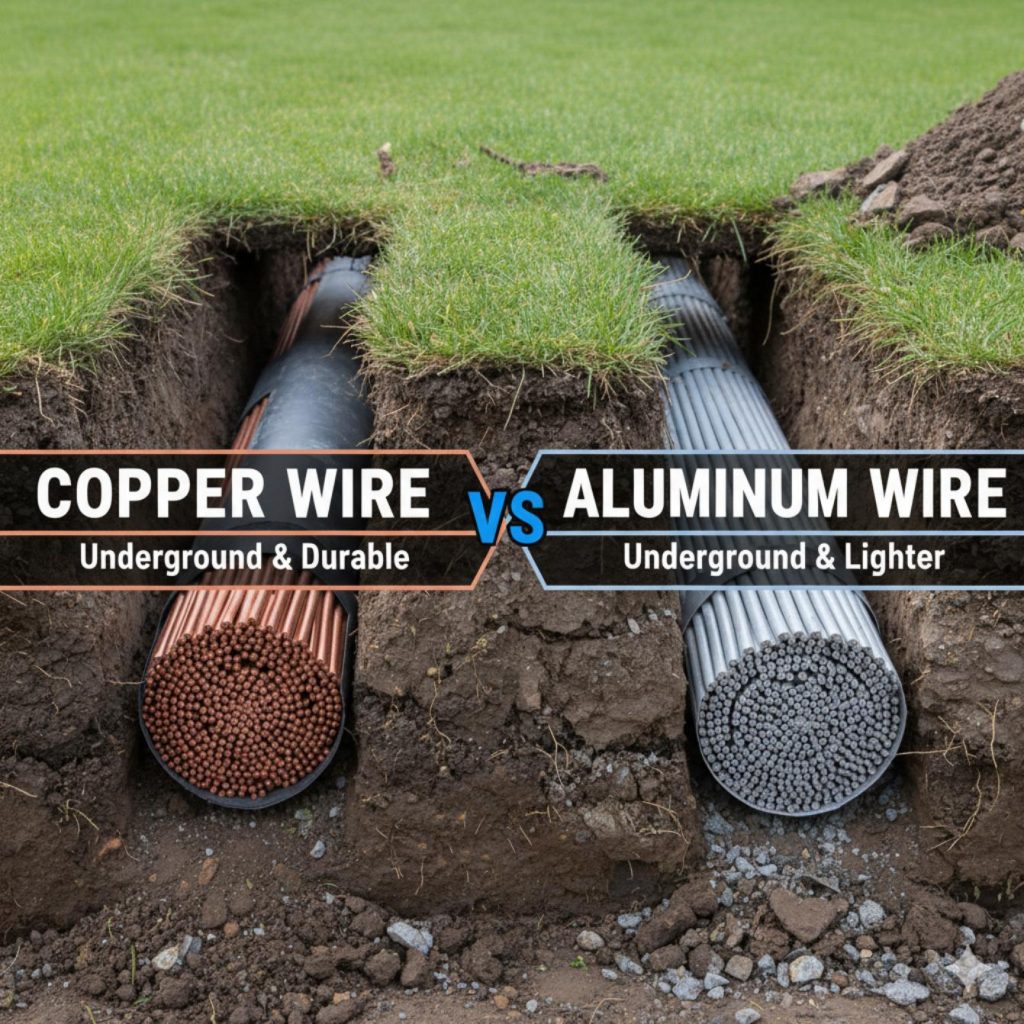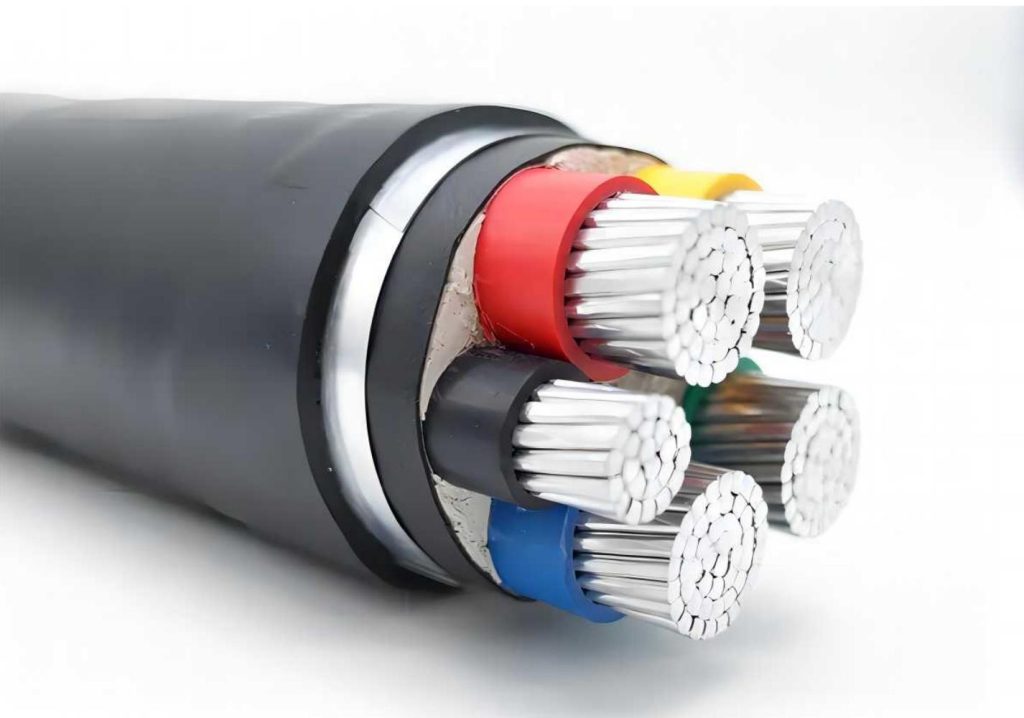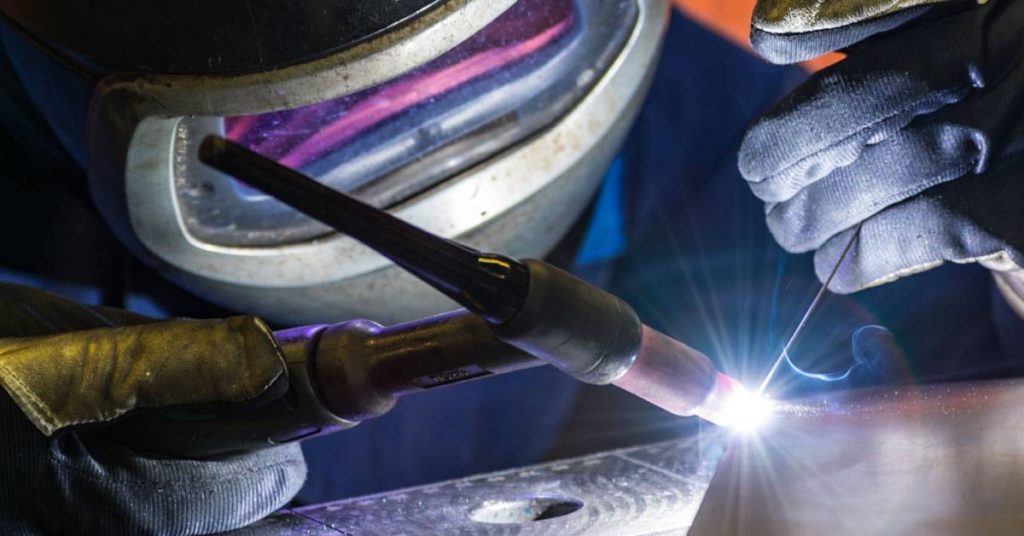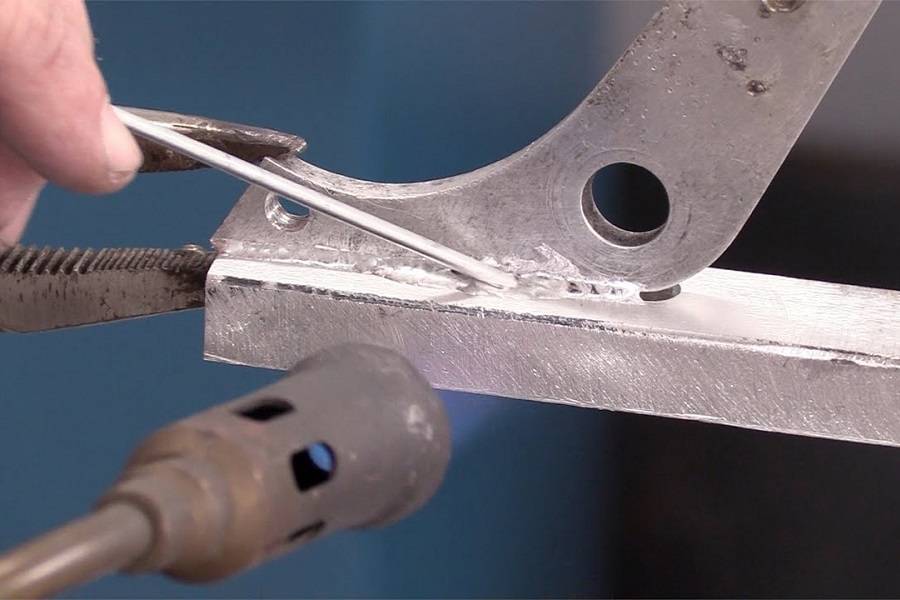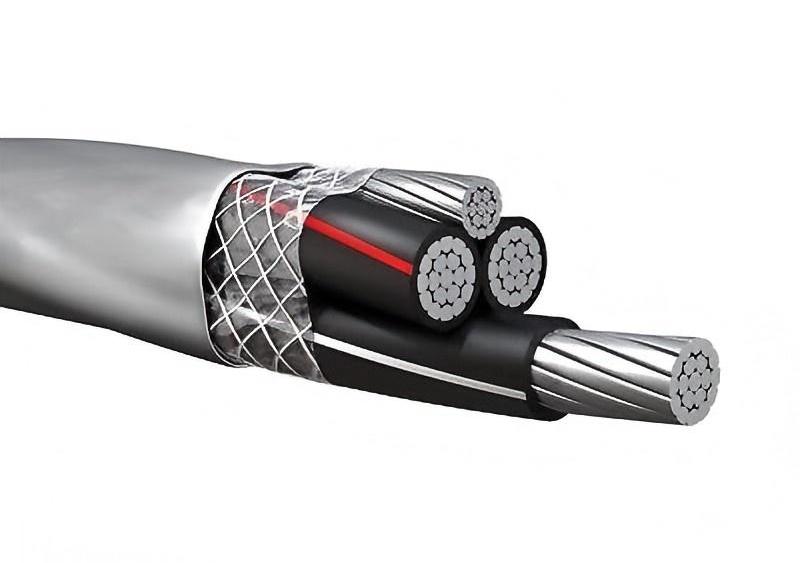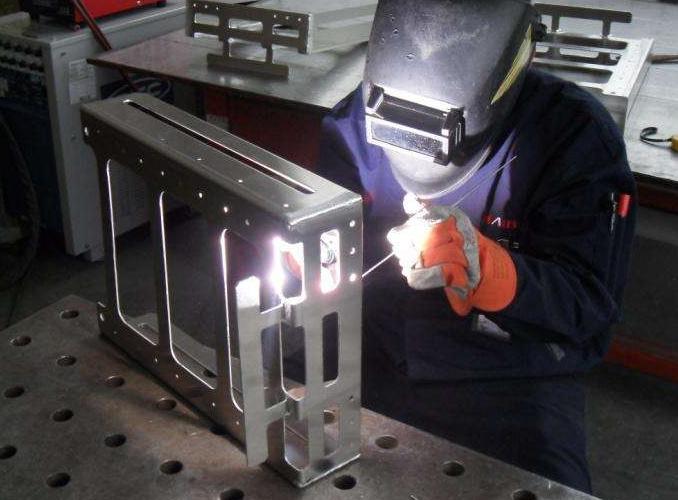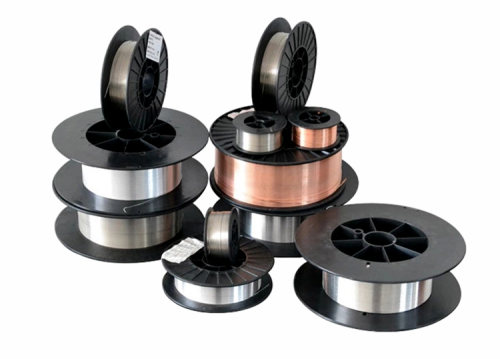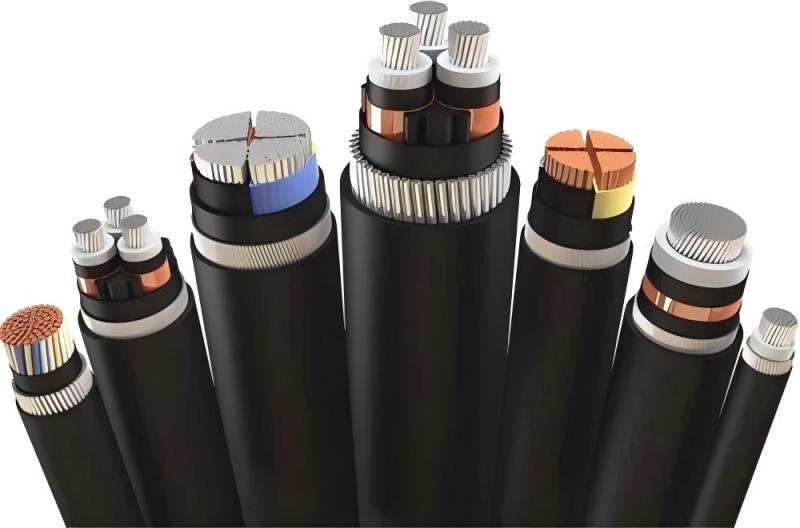In the ever-evolving landscape of jewelry making, artisans are constantly seeking new materials and techniques to push the boundaries of their craft. One such material that has been gaining traction in recent years is aluminum flat wire. Despite its humble appearance, aluminum flat wire offers a myriad of possibilities for jewelry designers, thanks to its versatility and unique properties.
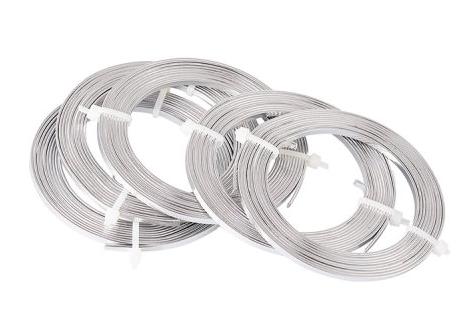
Why Using Aluminum Flat Wire in Jewelry Making?
Aluminum flat wire offers a combination of desirable qualities that make it perfect for creating jewelry. Aluminum flat wire is lightweight, making it comfortable to wear for extended periods. Additionally, it is malleable and easy to shape, allowing for intricate designs and detailing. Despite its flexibility, aluminum flat wire is surprisingly durable, ensuring that jewelry pieces retain their form over time.
While other metals like silver and gold offer a more luxurious look, they can be significantly more expensive. Some craft wires, like copper, can tarnish over time, requiring maintenance to keep them looking their best. Aluminum offers a bright, low-maintenance alternative.

Advantages of Aluminum Flat Wire in Jewelry Making
Aluminum flat wire offers several advantages that make it an appealing choice for jewelry making:
- Affordability: One of the primary advantages of aluminum flat wire is its affordability compared to precious metals like gold, silver, or platinum. This makes it an excellent option for jewelry makers who want to create stylish and attractive pieces without the high cost typically associated with precious metals.
- Lightweight: Aluminum flat wire is significantly lighter than precious metals, making it comfortable to wear for extended periods. This lightweight property is especially advantageous for larger or statement pieces where comfort is a priority.
- Malleability: Aluminum flat wire is highly malleable, meaning it can be easily shaped, bent, and manipulated into various forms and designs. This flexibility allows jewelry makers to create intricate and detailed pieces with ease, including complex wire wrapping, weaving, and sculptural elements.
- Versatility: Aluminum flat wire comes in a wide range of sizes, colors, and finishes, providing jewelry makers with ample options to explore different styles and aesthetics. Whether creating minimalist designs with sleek silver wire or vibrant pieces with anodized aluminum in various hues, the versatility of aluminum flat wire allows for endless creativity and customization.
- Corrosion Resistance: Aluminum naturally forms a protective oxide layer on its surface when exposed to air, providing excellent corrosion resistance. This property ensures that aluminum flat wire jewelry remains durable and tarnish-resistant, even when exposed to moisture or environmental elements.
- Hypoallergenic: Aluminum is hypoallergenic, making it an ideal choice for individuals with sensitivities or allergies to certain metals, such as nickel or copper. Jewelry made from aluminum flat wire is less likely to cause skin irritation or allergic reactions, making it suitable for a wide range of wearers.
- Easy Maintenance: Aluminum flat wire jewelry is relatively low-maintenance compared to other materials. It can be cleaned easily with mild soap and water, and any tarnish or discoloration can be removed with a gentle polishing cloth. This makes aluminum flat wire jewelry practical for everyday wear and ensures that pieces retain their beauty and luster over time.
Overall, the affordability, lightweight, malleability, versatility, corrosion resistance, hypoallergenic properties, and easy maintenance of aluminum flat wire make it a preferred choice for jewelry makers looking to create stylish, durable, and accessible pieces for a diverse range of wearers.
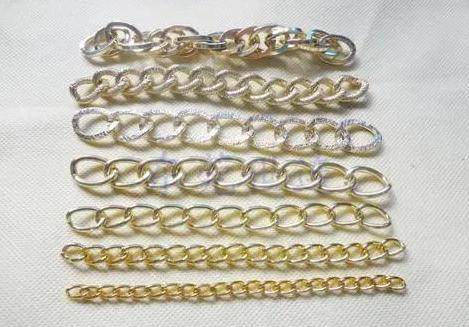
How to Make Jewelry with Aluminum Flat Wire?
Making jewelry with aluminum flat wire is a rewarding and creative process that allows for endless possibilities in design and style. There are various techniques for making jewelry with aluminum flat wire, some common techniques are:
Techniques for Working with Aluminum Flat Wire
1. Wire Wrapping:
- Wire wrapping involves wrapping and weaving aluminum flat wire around beads, gemstones, or other components to create decorative patterns and settings.
- Use round-nose pliers and chain-nose pliers to manipulate the wire, creating loops, coils, and spirals.
- Experiment with different wrapping styles, such as basic loops, bails, and cage wraps, to achieve different effects.
2. Wire Coiling:
- Wire coiling involves forming coils or spirals using aluminum flat wire to create decorative elements, accents, or focal points in jewelry designs.
- Use a mandrel or round-nose pliers to shape the wire into coils of various sizes and shapes.
- Combine coiled wire elements with other techniques such as wire wrapping or beadwork to add texture and visual interest to the jewelry piece.
3. Wire Weaving:
- Wire weaving involves weaving strands of aluminum flat wire together to create intricate patterns, textures, and designs.
- Use a combination of over-under weaving techniques to create different patterns and effects.
- Experiment with different weaving patterns, such as basket weave, herringbone, or chevron, to add depth and dimension to the jewelry piece.
4. Wire Sculpting:
- Wire sculpting involves shaping and bending aluminum flat wire into three-dimensional forms and structures, such as flowers, leaves, or animals.
- Use pliers and your hands to manipulate the wire, gradually building up the shape and form of the sculpture.
- Experiment with different gauges of wire and techniques such as layering and wrapping to create realistic or abstract sculptural elements.
5. Texturing:
- Texturing involves adding surface texture and dimension to aluminum flat wire using tools such as hammers, stamps, or wire brushes.
- Use a hammer to gently tap the wire, creating hammered or dimpled textures.
- Experiment with different textures and patterns to add visual interest and enhance the overall aesthetic of the jewelry piece.
6. Cold Connections:
- Cold connections involve joining aluminum flat wire components together without the use of heat, soldering, or welding.
- Use techniques such as riveting, bending, or interlocking to securely connect wire elements and components.
- Experiment with different connection methods to create unique and innovative designs while maintaining the integrity of the jewelry piece.
7. Incorporating Other Materials:
- Experiment with incorporating other materials such as beads, gemstones, leather, or fabric into your aluminum flat wire jewelry designs.
- Use wire wrapping, weaving, or coiling techniques to securely attach and integrate these materials into your designs, adding texture, color, and contrast.
By mastering these techniques and experimenting with different combinations and variations, jewelry makers can create stunning and unique pieces that showcase the versatility and beauty of aluminum flat wire.
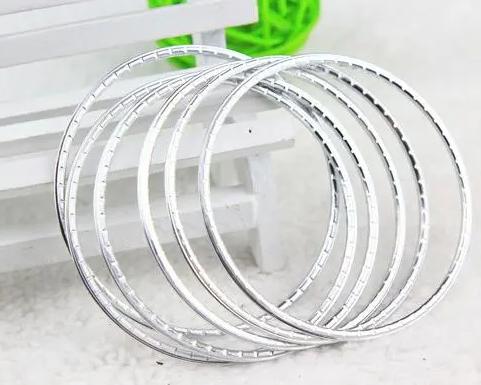
Examples of Jewelry Projects with Aluminum Flat Wire
Here are some examples of jewelry projects that can be created using aluminum flat wire:
1. Wire-Wrapped Gemstone Pendant:
- Wrap a polished gemstone or crystal with aluminum flat wire to create a beautiful pendant.
- Use wire wrapping techniques to secure the gemstone in place and add decorative accents around the stone.
- Add a bail made from aluminum flat wire to attach the pendant to a chain or cord.
2. Woven Cuff Bracelet:
- Create a woven cuff bracelet using strands of aluminum flat wire.
- Use weaving techniques to interlace the wire strands, forming a sturdy and flexible bracelet band.
- Add decorative elements such as beads or charms to embellish the bracelet and add visual interest.
3. Wire-Wrapped Hoop Earrings:
- Create hoop earrings using aluminum flat wire, shaping the wire into circular hoops of the desired size.
- Use wire wrapping techniques to add decorative elements such as beads or charms to the hoops.
- Attach ear wires to the top of the hoops to complete the earrings.
4. Beaded Wire-Wrapped Ring:
- Create a wire-wrapped ring using aluminum flat wire and a focal bead or gemstone.
- Form a ring band from the wire, shaping it to fit the desired finger size.
- Use wire wrapping techniques to securely attach the focal bead or gemstone to the top of the ring band.
5. Layered Pendant Necklace:
- Create a layered pendant necklace using multiple strands of aluminum flat wire.
- Form each pendant layer by shaping and weaving the wire into the desired design, such as spirals, loops, or geometric shapes.
- Attach the pendant layers to a chain or cord to create a unique and eye-catching necklace.
These are just a few examples of the many jewelry projects that can be created using aluminum flat wire. With creativity and imagination, the possibilities are endless!
Conclusion
Aluminum flat wire is a versatile and user-friendly material that opens up a world of creative possibilities for jewelry makers. With its affordability, beautiful colors, and ease of use, aluminum flat wire is a perfect choice for beginners and experienced crafters alike. So, if you’re looking for aluminum flat wire supplier, please consider CHAL.








